Jessica Williamson, Hay and Forage Specialist, AGCO
Knowing the nutritional value of the feedstuff being fed to livestock is an often overlooked but critically important aspect of livestock management, especially if the diet is primarily forage-based. Testing the feeding quality of forages is the only way to know for certain the nutritional value of the feed. Check out our previous post to understand more about meeting your livestock’s nutritional needs.
Forage Quality vs. Forage Nutritive Value
The term “forage quality” refers to a wide range of characteristics and variables, including forage species, intake potential, palatability, and anti-quality factors such as toxins and tannins. The main indicator of forage quality is animal performance.
Forage “nutritive value” refers to the analysis of the individual constituents that make up a forage. The nutritive value can be determined from a lab analysis of a forage, which is the only true way to know the feeding value of a forage. Once a lab analysis is done, a better understanding of the suitability of feeding a certain forage to various classes of livestock based on their nutritional requirements can be determined.
Nutritive Value Constituents
Understanding the nutritive components of a feed analysis can help to determine its suitability for feeding to various classes of livestock and if other feedstuffs are needed to meet the nutritional requirements. The nutritive value of a forage is constantly changing with changes in forage maturity and weather conditions, so it is important to get a feed analysis performed prior to feeding so the correct nutritive value can be determined. This ensures that the forage meets the nutritional requirements of the livestock intended to be fed.
- Dry matter (DM) is the concentration of a constituent in a feedstuff after the water content is removed.
- Moisture is the percentage of water remaining in the feedstuff constituent.
- Neutral detergent fiber (NDF) is the sum of all the plant cell wall (fiber) components – cellulose, hemicellulose, and lignin. As the plant matures, fiber components are deposited in the cell wall, reducing the ability for the plant to be digested and reducing the intake potential. The microbes within the rumen have the ability to break down some of the fiber components found within the plant into a usable form of energy. Neutral detergent fiber is inversely correlated with intake – as NDF increases, the animal’s ability to consume feed declines.
- Neutral detergent fiber digestibility (NDFD) refers to the portion of NDF in the plant that is digestible and can be utilized by the animal for energy.
- Acid detergent fiber (ADF) is made up of the lignin and cellulose components of the cell wall. ADF is inversely related to digestibility – as ADF increases, the digestibility of the plant declines. As the plant matures, both NDF and ADF increase, making the plant less suited to meet the needs of young, growing stock or livestock in peak lactation.
- Relative feed value (RFV) is a calculated value that takes into account the intake potential from the NDF portion of the plant and the digestibility potential of the ADF to derive a value. This index can be used to compare similar forages and use the index to match forages to classes of livestock in various stages of production. RFV does not take protein into account.
- Crude protein (CP) is a calculation of elemental nitrogen present in a feed multiplied by 6.25, as proteins generally are comprised of 16% nitrogen (100/16 = 6.25). Crude protein encompasses all protein consumed, but does not tell site or rate of degradation and is critical for growth and metabolism.
- Ash is inherently found in plants, comprising the mineral content (potassium, calcium, magnesium, and copper) as well as soil found on the plant – this could have either been splashed on the standing crop or incorporated during harvest during mowing, tedding, raking, or baling. Cool-season grasses inherently have about 6-8% mineral content and legumes have slightly more ash – about 7-9% of the forage constituents.
- Non-fibrous carbohydrates (NFC) are the highly digestible components found within the inner portions of the cells, including (but not limited to) sugar, starch, and pectin. These carbohydrates are almost completely digestible and able to be utilized for energy for the animal.
- Total digestible nutrients (TDN) is a calculated value of the sum of the energy constituents of the feedstuff by assessing the digestibility of the organic matter. The TDN equation takes into account fiber components and protein, deriving a value that depicts the overall digestibility of the components of the feed that have an energy value. Matching TDN to the livestock’s nutritional requirements ensures that the digestibility, intake potential, and protein level of a forage are adequate to support targeted animal performance.
- Relative forage value (RFV) is a calculated value that takes into account all energy components of a forage. Fiber, fiber digestibility, protein, non-fibrous carbohydrates (sugars), fatty acids, and ether extract are accounted for. This value can be used to understand the performance expected from the livestock consuming the forage, as more of the nutritive components of the feedstuff are accounted for.
- Net energy of maintenance, lactation, and gain (NEm/NEl/NEg) are calculated values expressed as megacalories (Mcal) per pound and are expressions of energy value in a feedstuff. These megacalories refer to the feed’s ability to meet the nutrient requirements of the livestock being fed. NEm refers to the energy required to meet the maintenance requirements of an animal. NEl refers to the energy available in a feedstuff for lactation after the maintenance requirements have been met. NEg refers to the energy available for livestock gains after the maintenance requirements have been met.
How Massey Ferguson Hay Equipment Can Help
Targeting the best time to harvest forages based on projected nutritional value is one of the first steps to ensuring optimal forage quality. Harvest management and reducing harvest losses play a key role in conserving the available nutritive value in forages.
At Massey Ferguson, we understand how important it is to feed livestock quality nutrition through quality hay. Hesston by Massey Ferguson® hay tools help to reduce harvest losses and conserve the forage nutritive constituents through cutting edge technology.
The MF 4100 V RB Series round balers will meet your operation’s needs for baling densely packed dry hay or silage. Dense bales help contain the available nutrients in a bale and reduce dry matter loss – conserving the nutritive value of your forages and optimizing their feeding value. Baling high-moisture hay for silage further conserves available nutrients as less nutrients are lost during the harvest process when handling wet plant material.
Whether you have a cow-calf operation or a dairy, Hesston by Massey Ferguson 4100 V RB Series round balers will meet your operational needs.
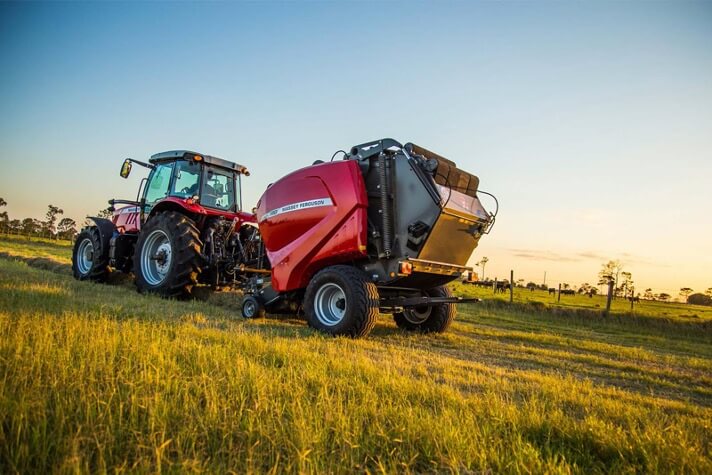
Testing forages to determine their nutritive value can help identify the suitability of the feedstuff to various classes of livestock and can be a part of the puzzle to optimizing your livestock operation’s success!
Agronomist Bio
Dr. Jessica Williamson is the hay and forage specialist for AGCO. Jessica’s expertise is in forage quality, management and production, as well as ruminant nutrition and the plant-animal interaction. Jessica is responsible for designing and conducting field tests on hay and forage equipment; educating AGCO personnel and customers on forage management, production and livestock nutrition; and working with the Green Harvest team on ongoing forage projects.

Jessica holds a Bachelor of Science degree in animal science from Morehead State University (Morehead, Ky.); a Master of Science degree in animal science (ruminant nutrition) from the University of Arkansas (Fayetteville, Ark.); and a Ph.D. in plant and soil science (forage agronomy) from the University of Kentucky (Lexington, Ky.). Jessica is originally from a cow-calf operation in western Maryland.


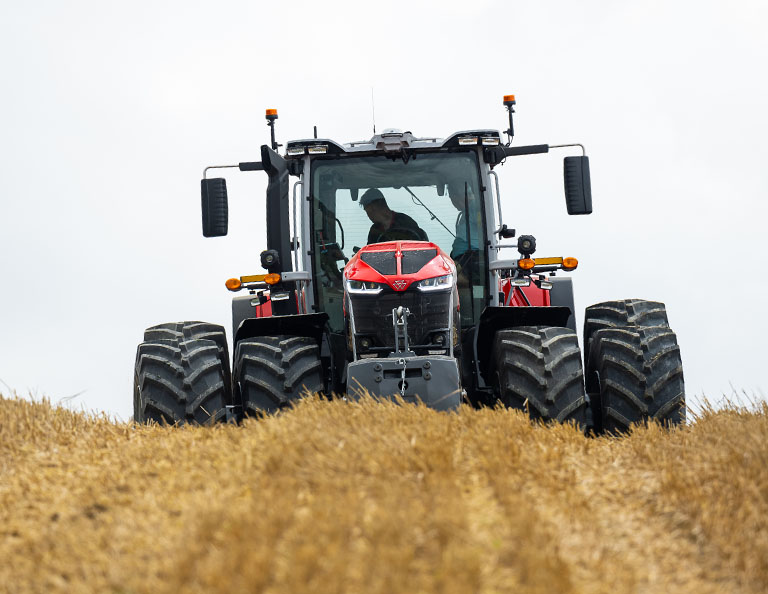
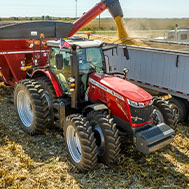
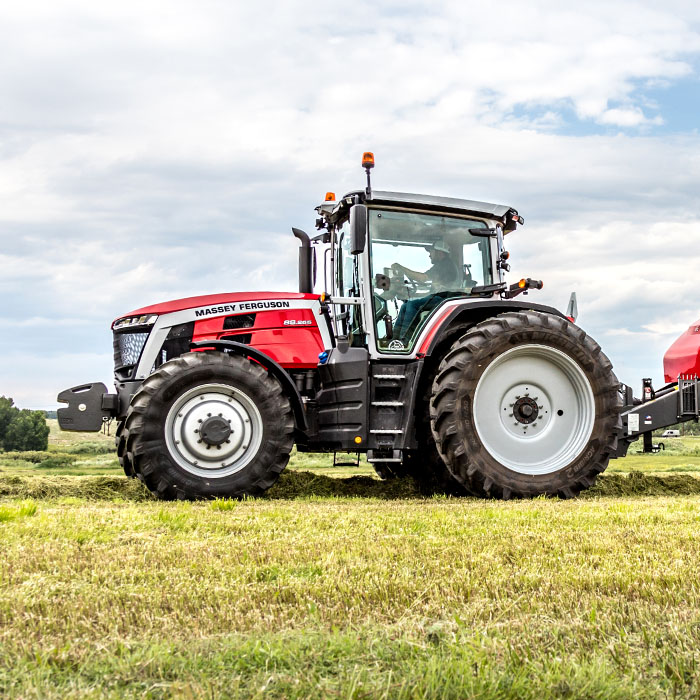
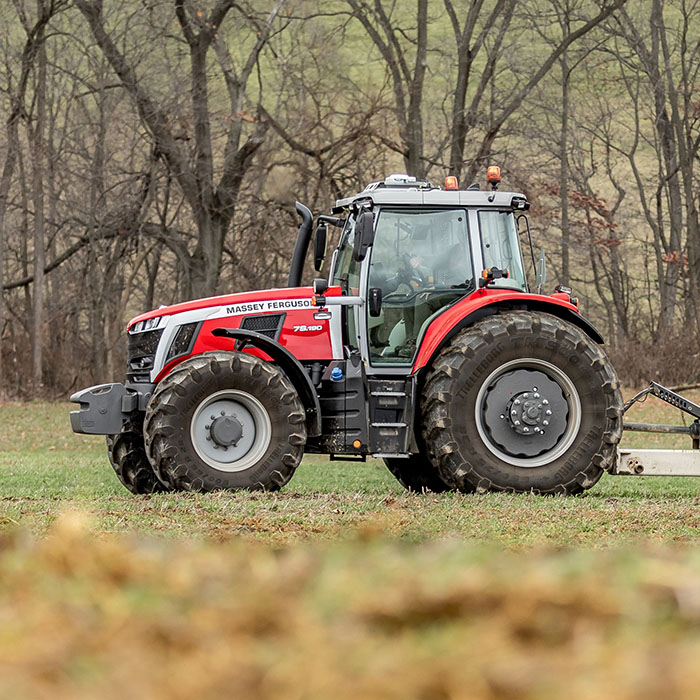
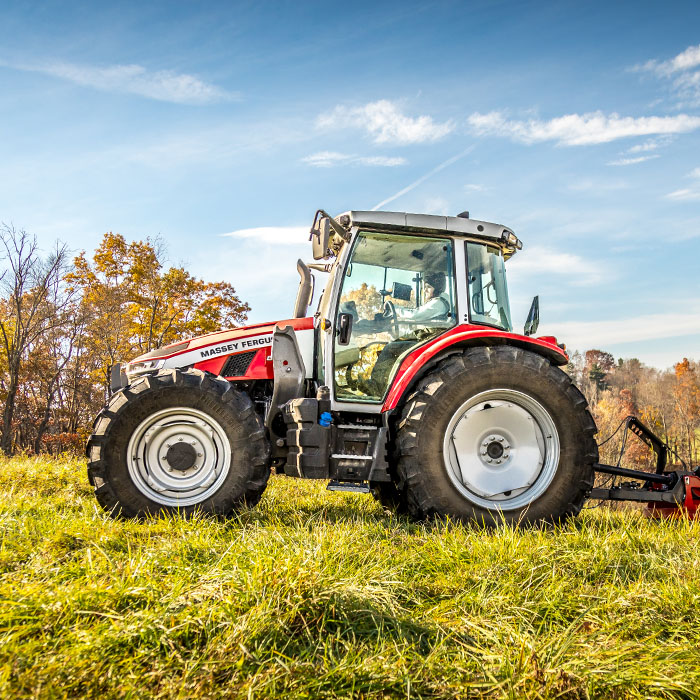
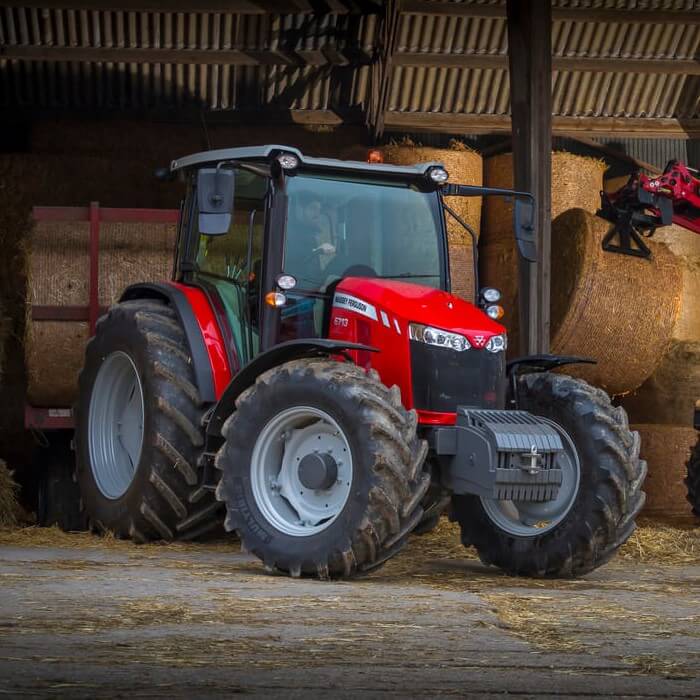

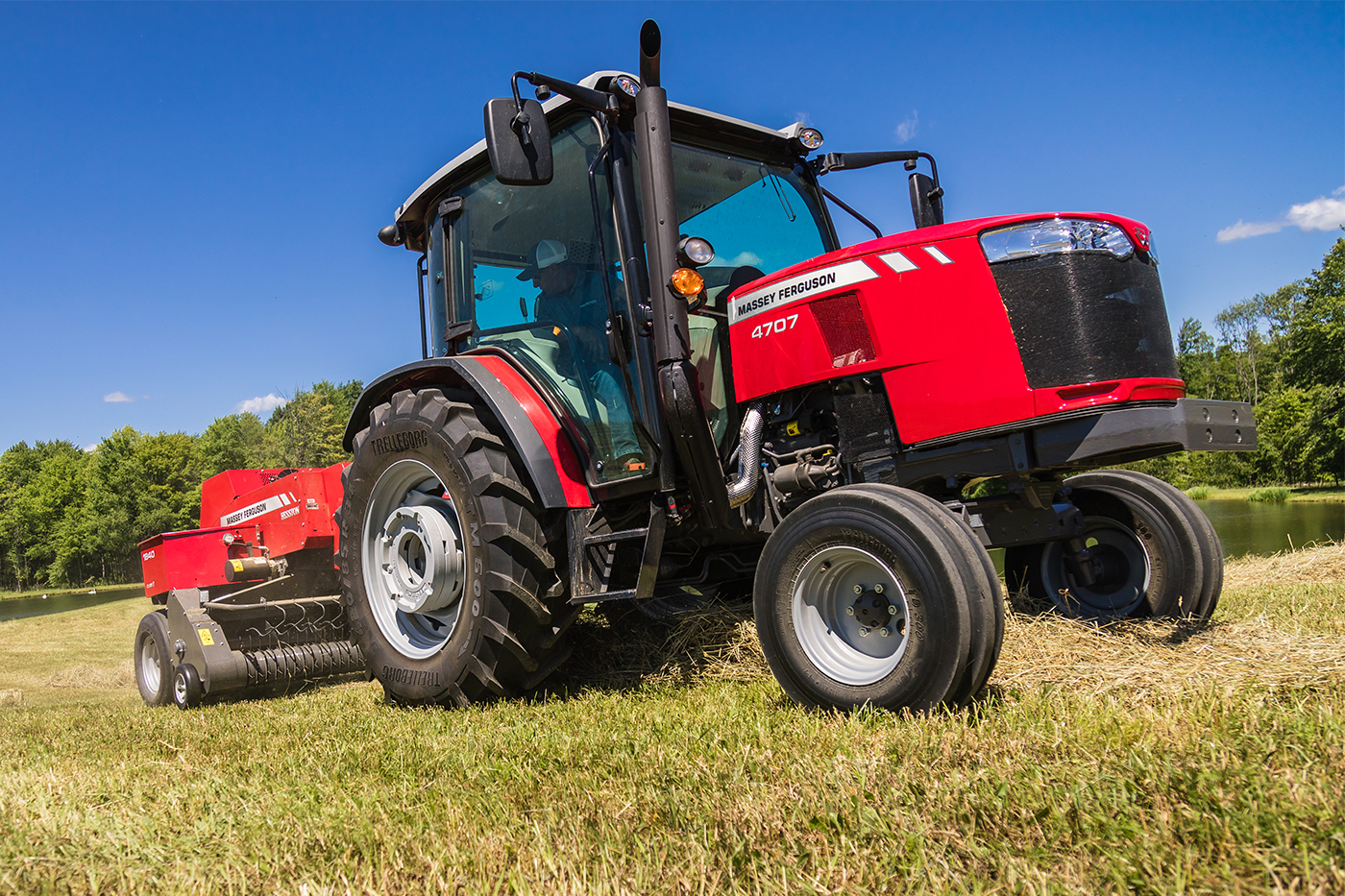

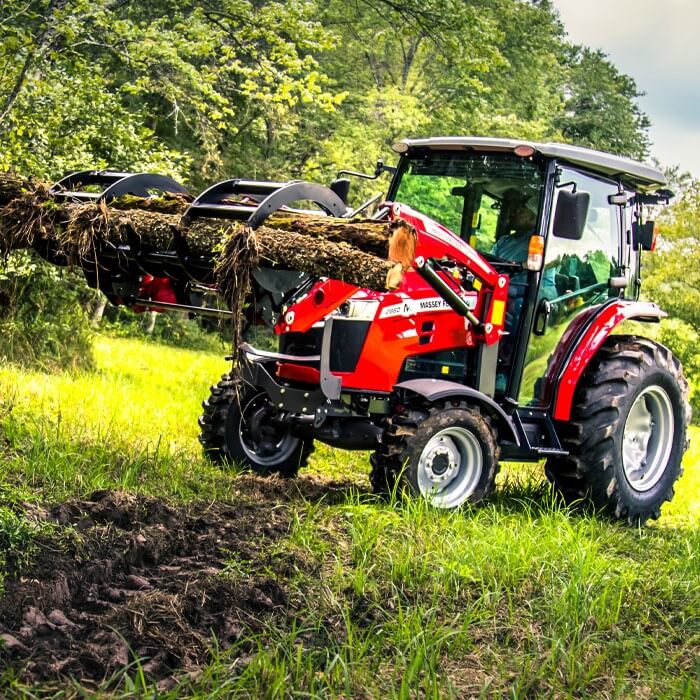

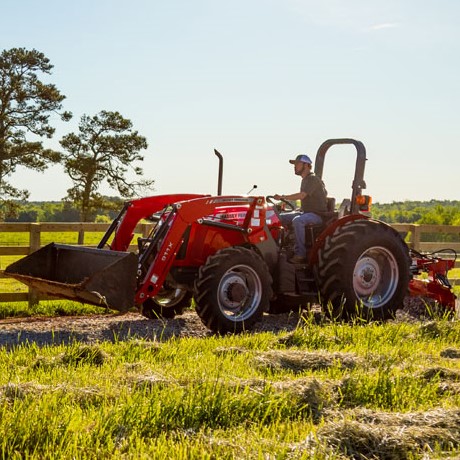




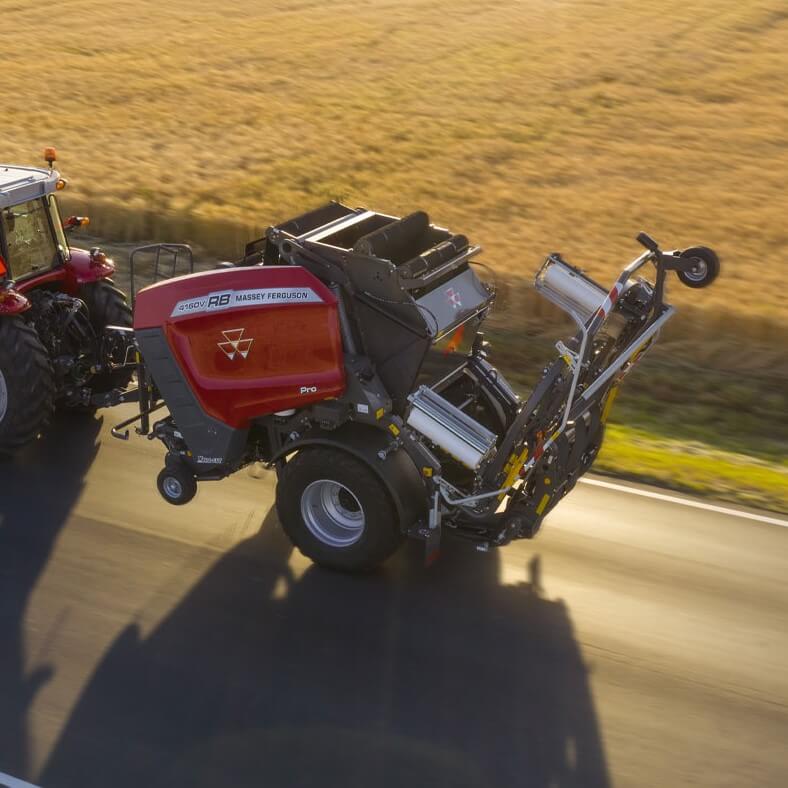
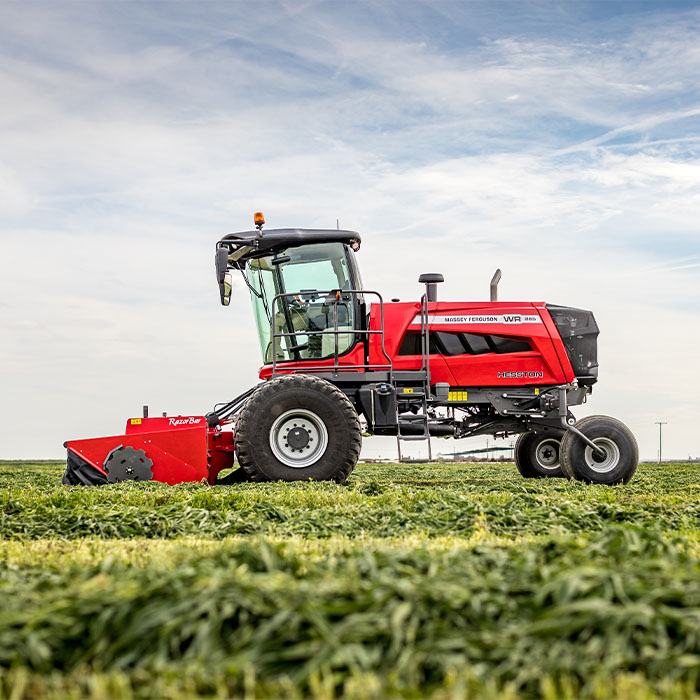
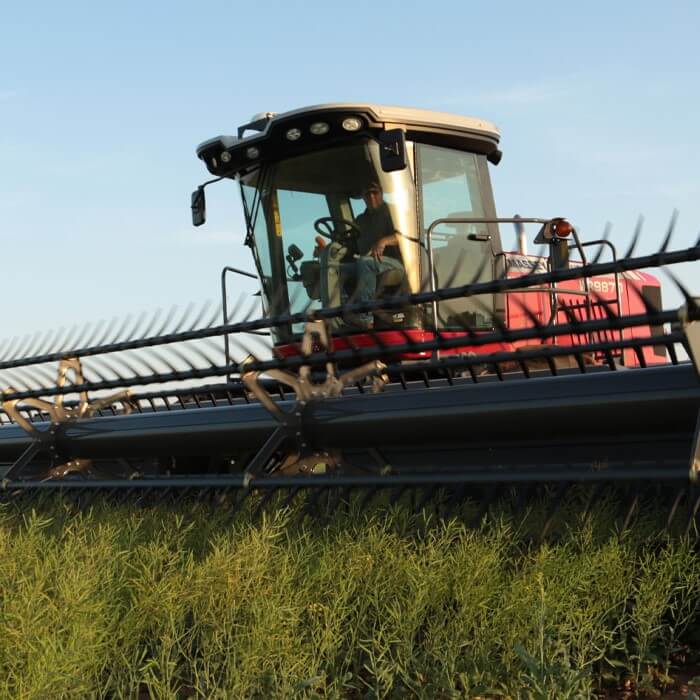
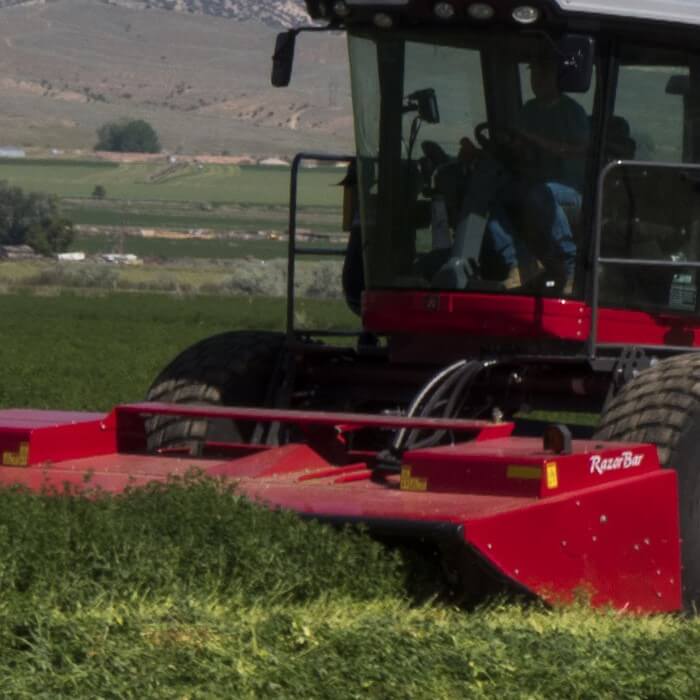
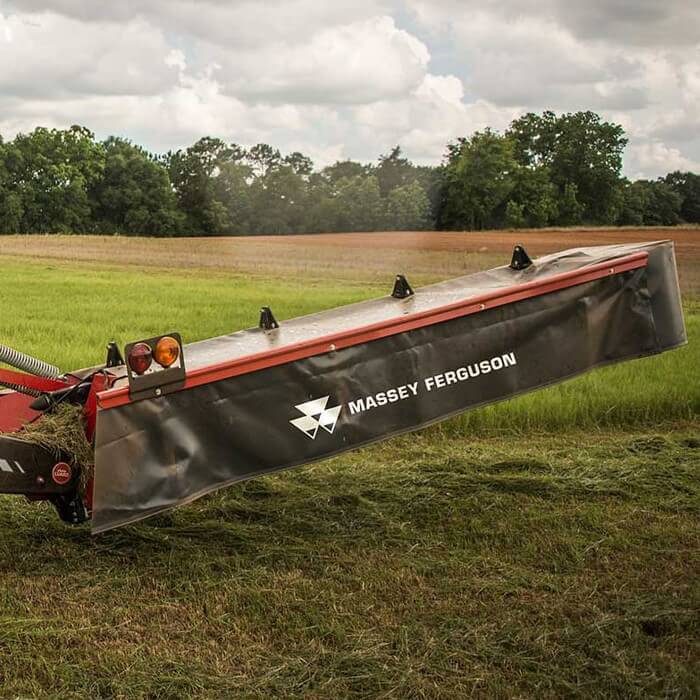
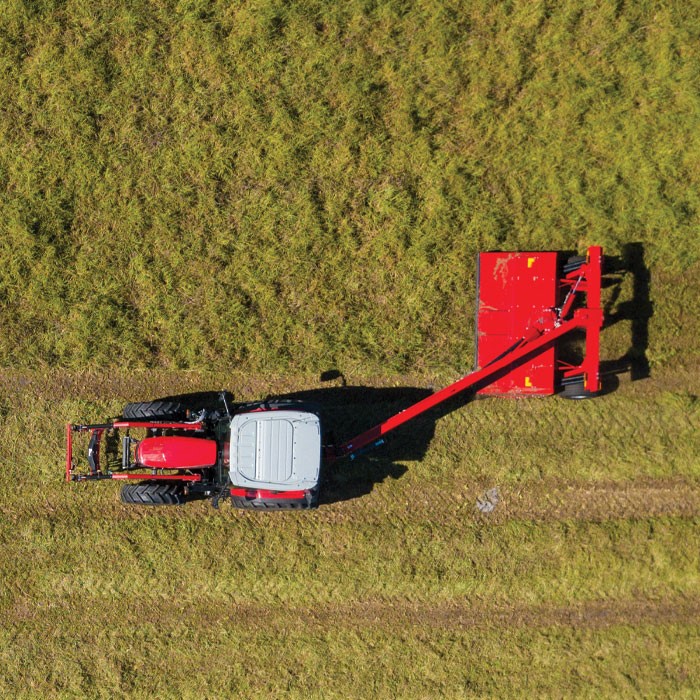
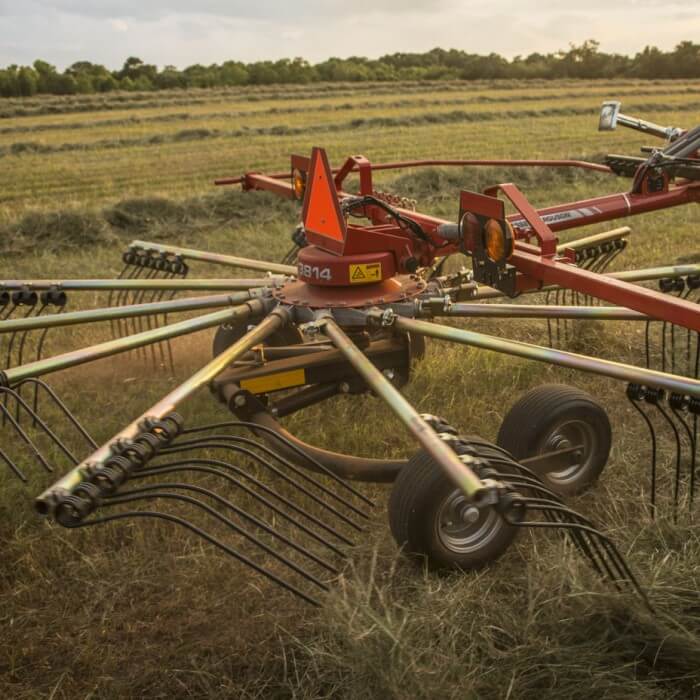
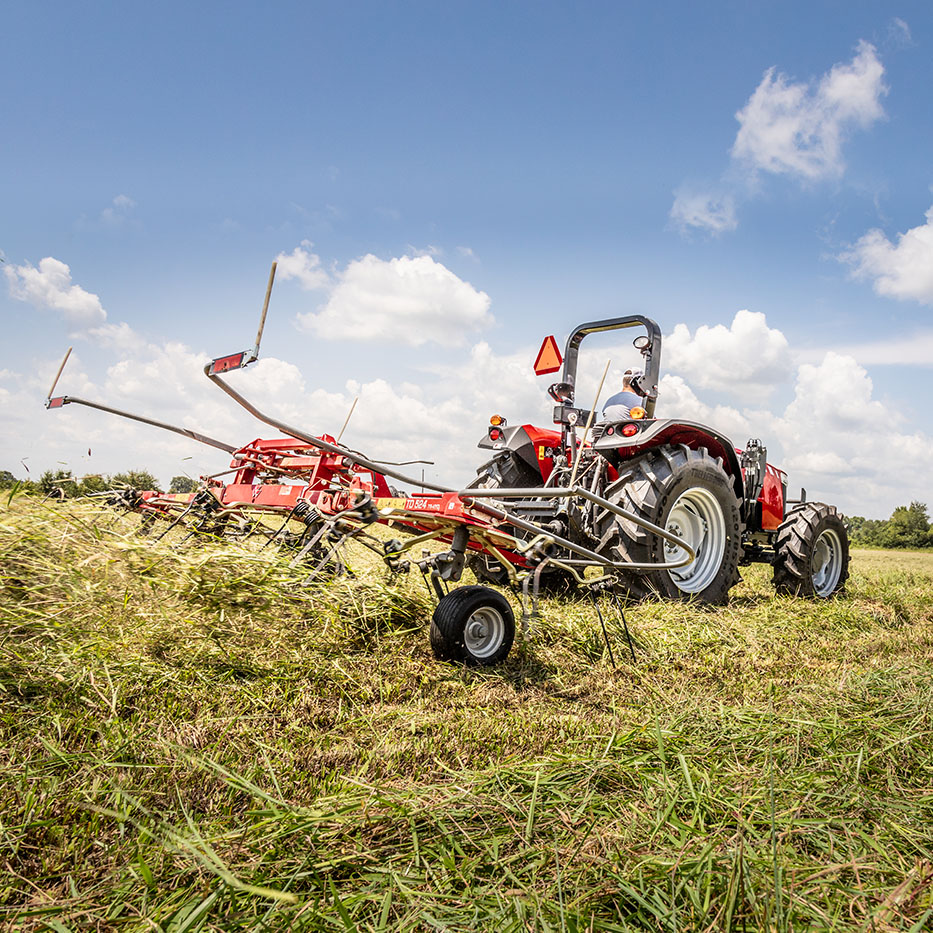
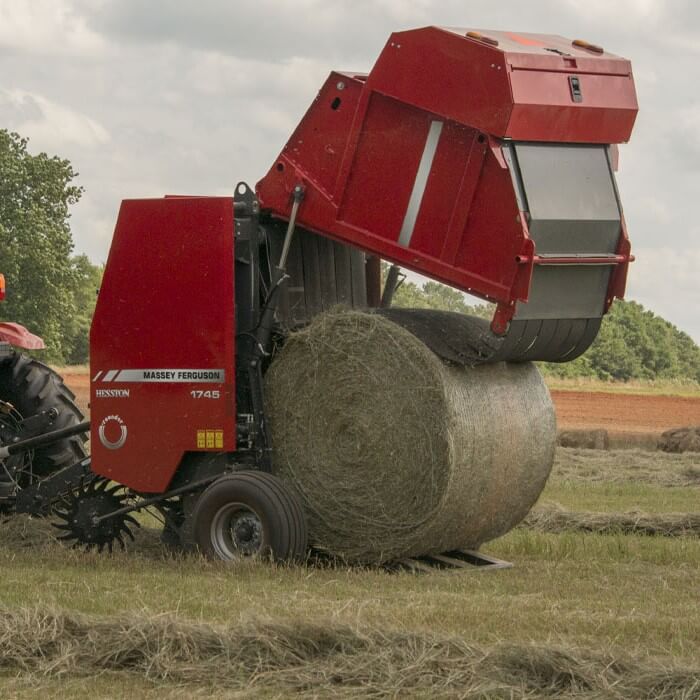
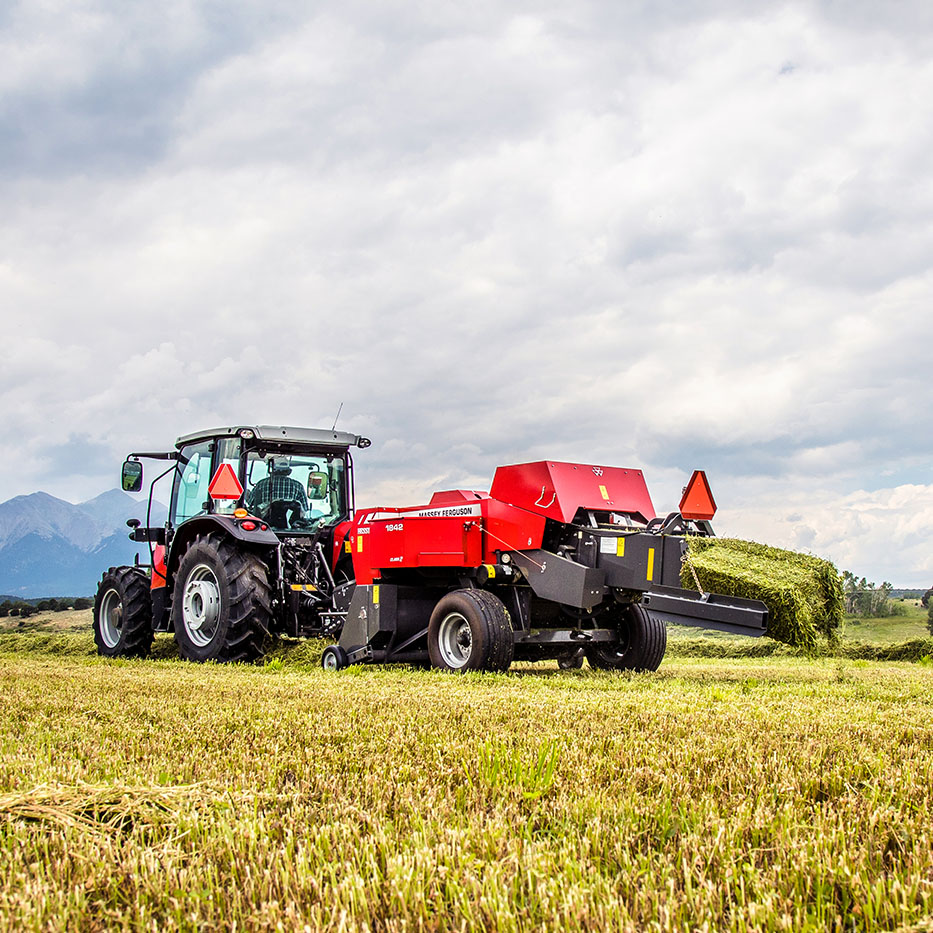
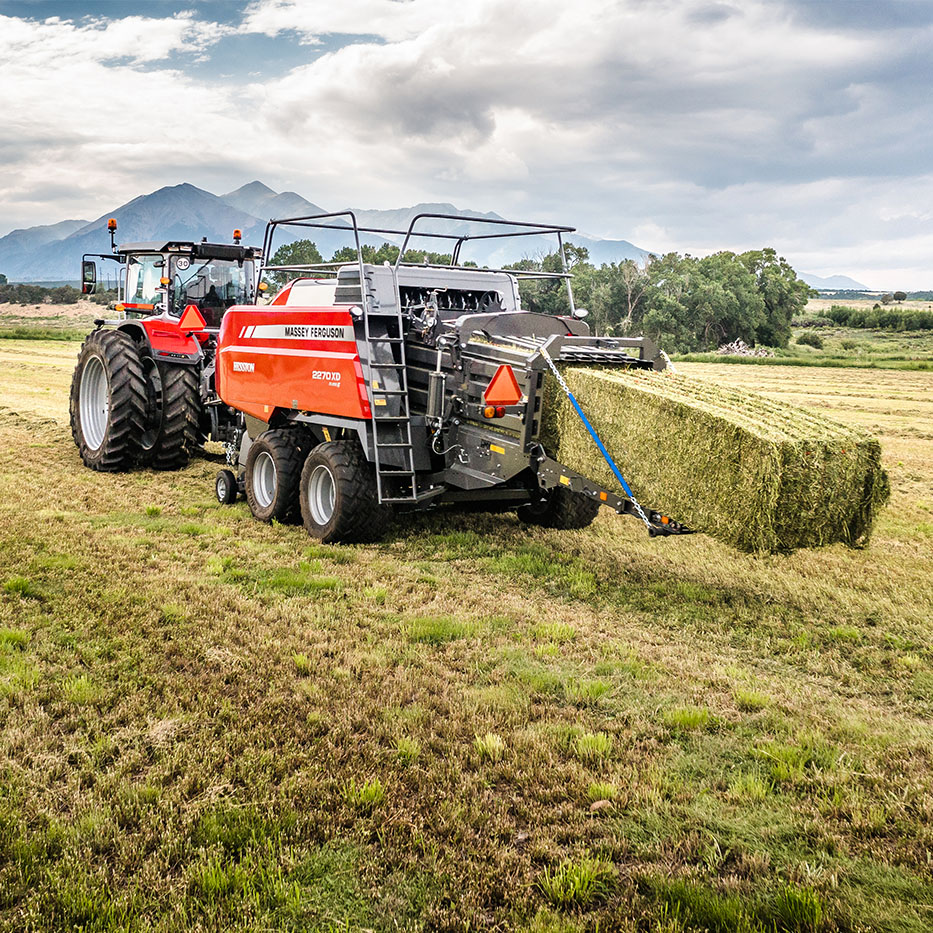
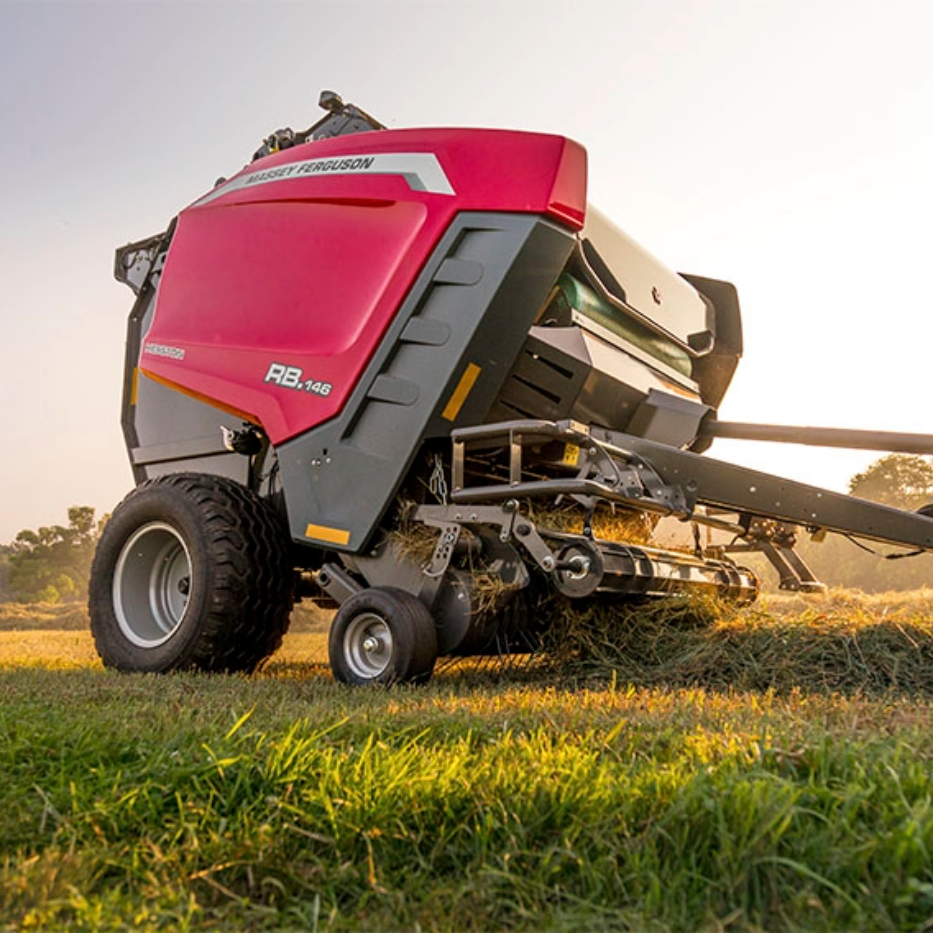
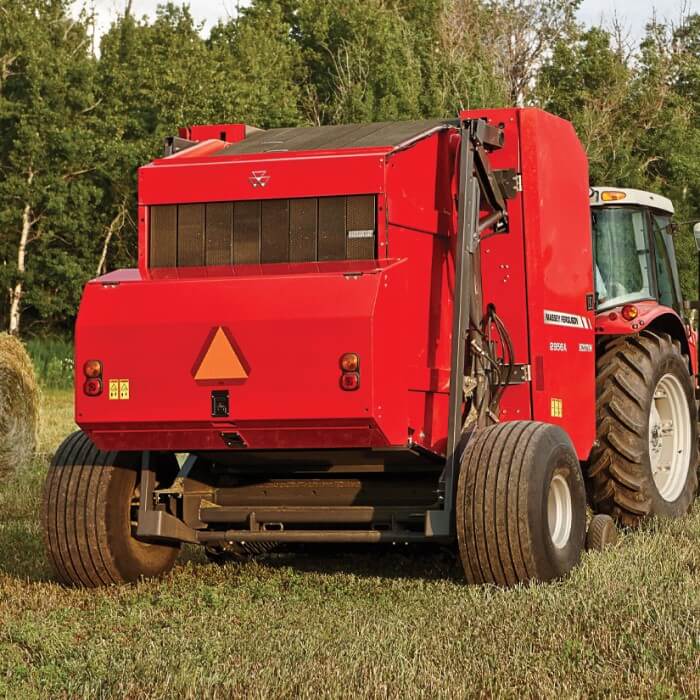
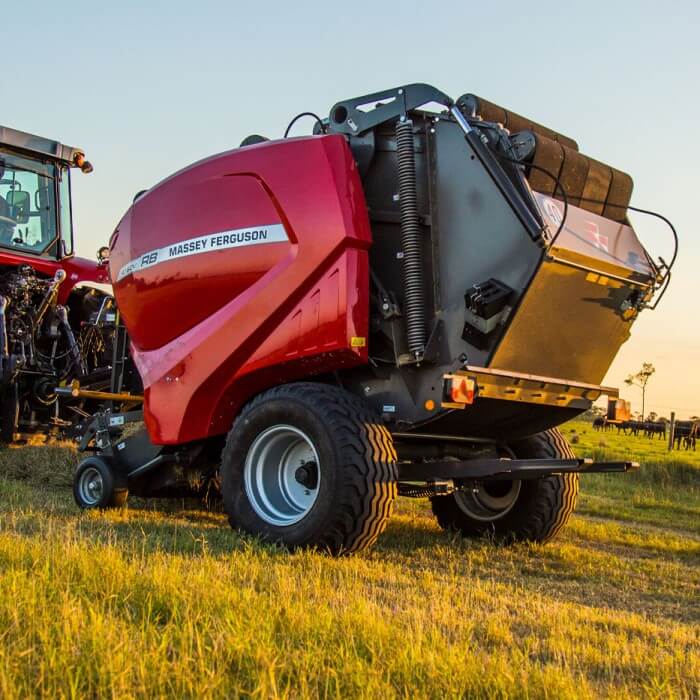
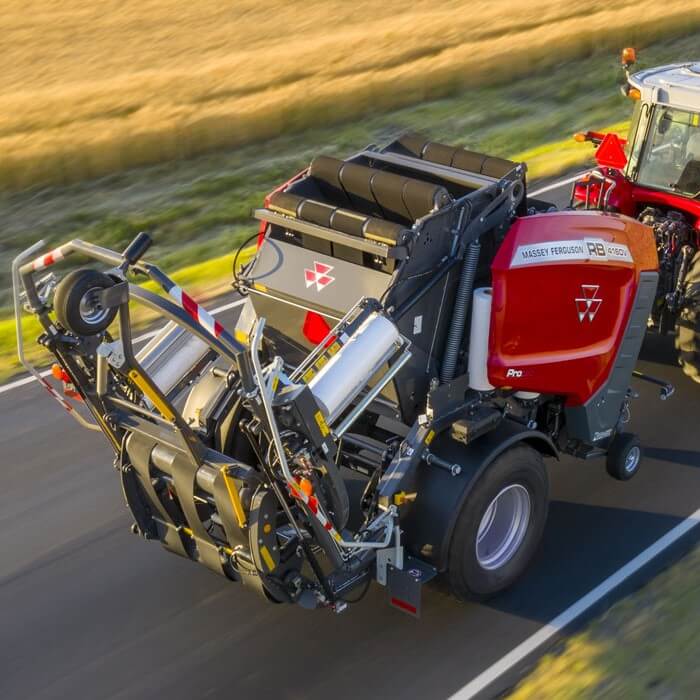
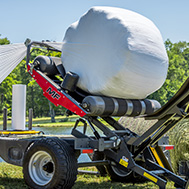

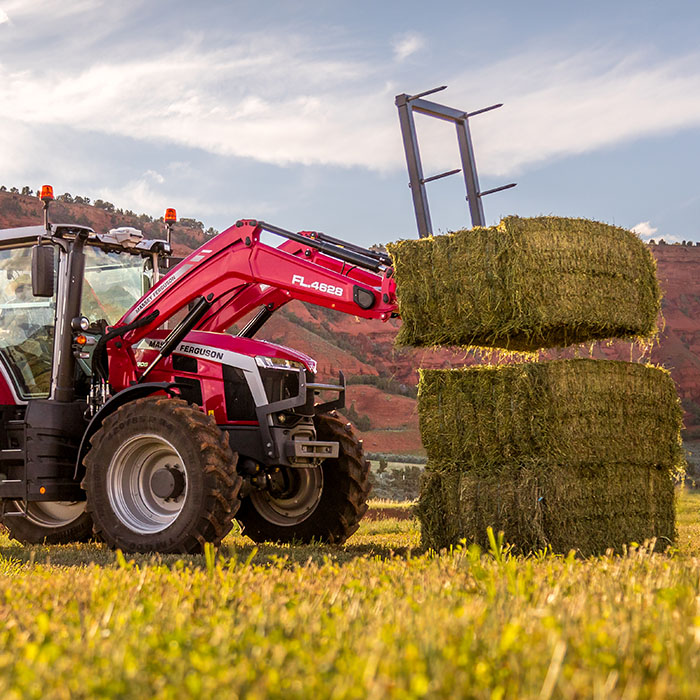


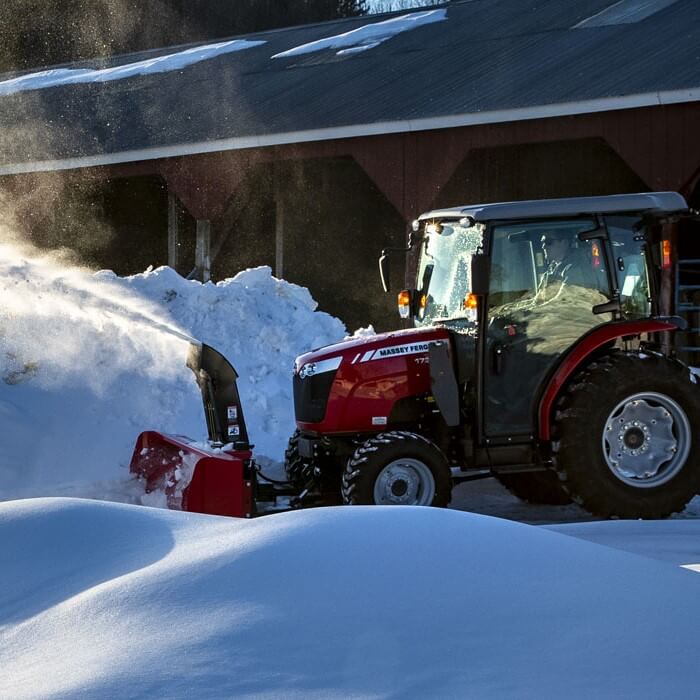
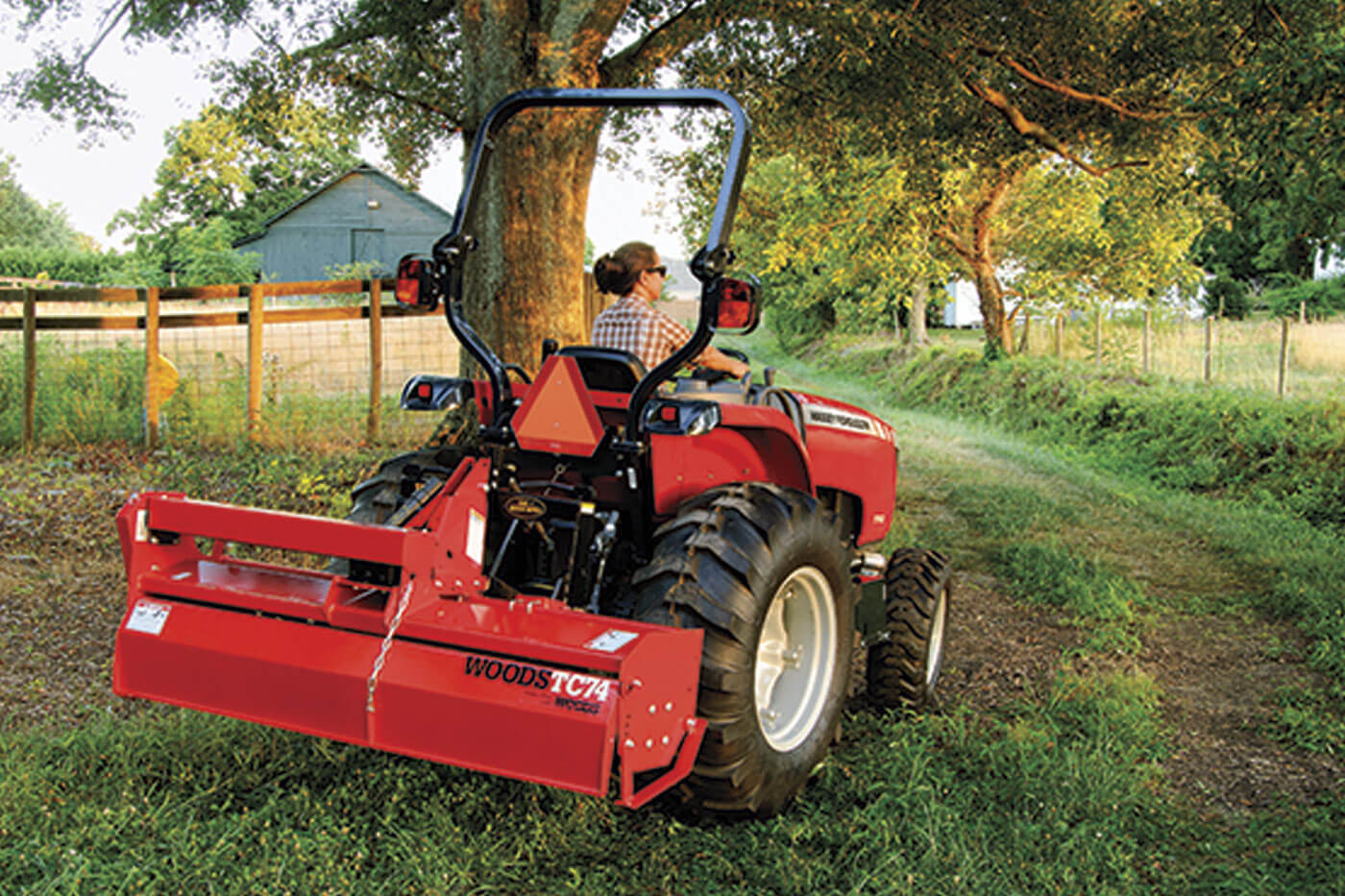
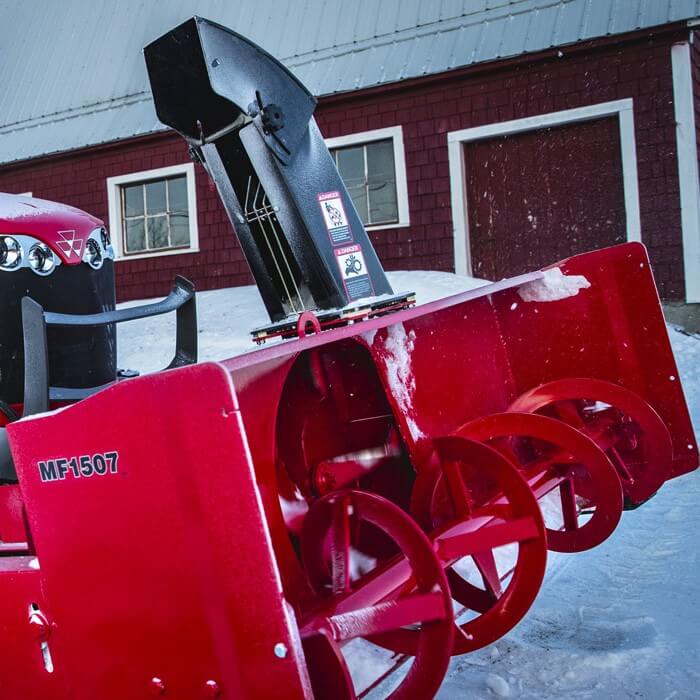
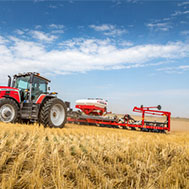
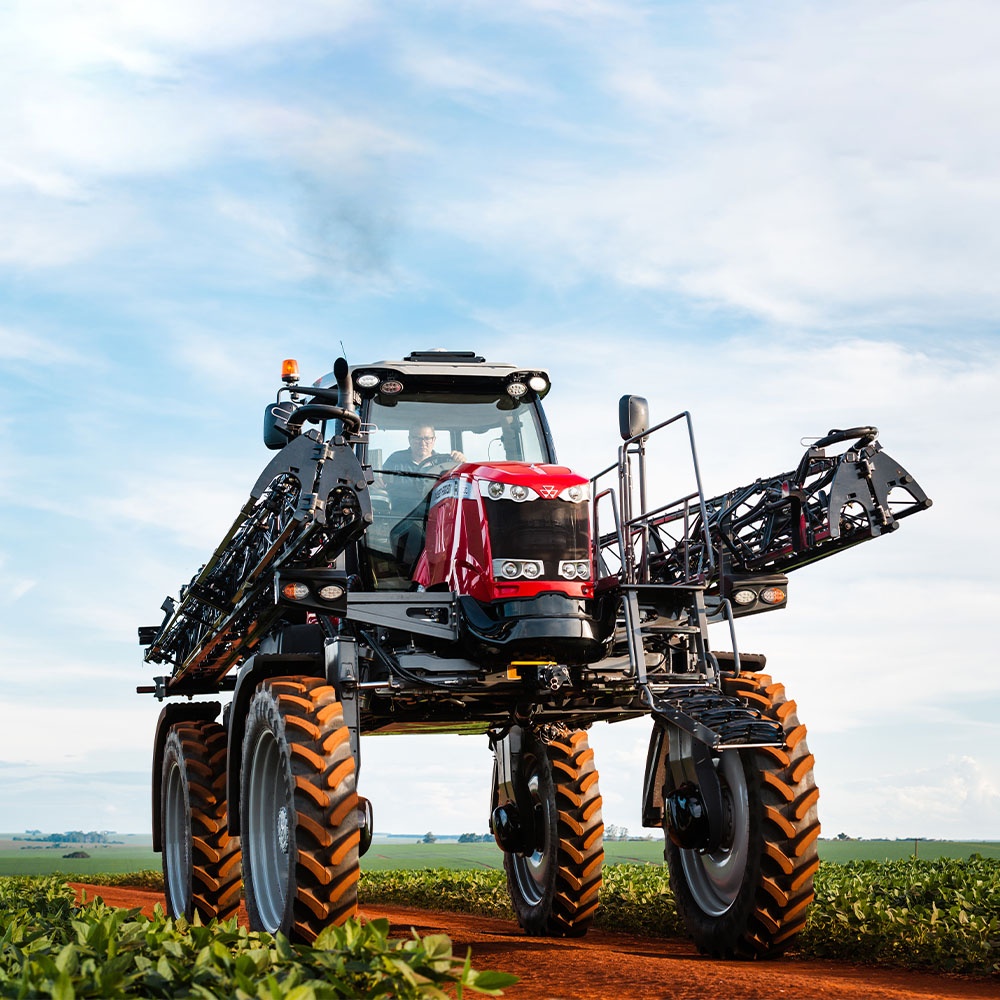

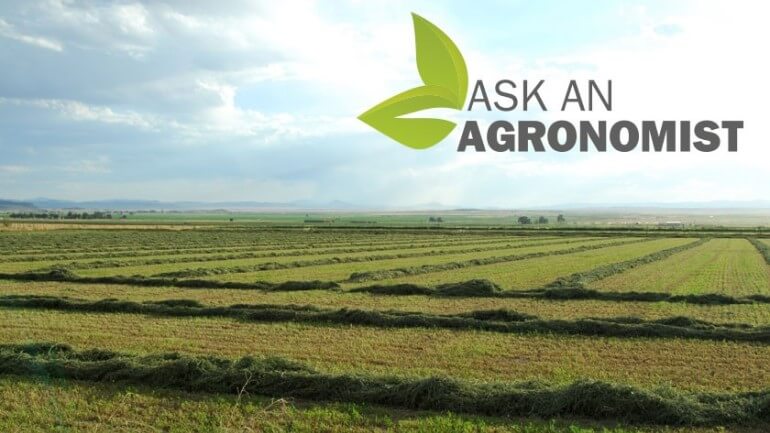
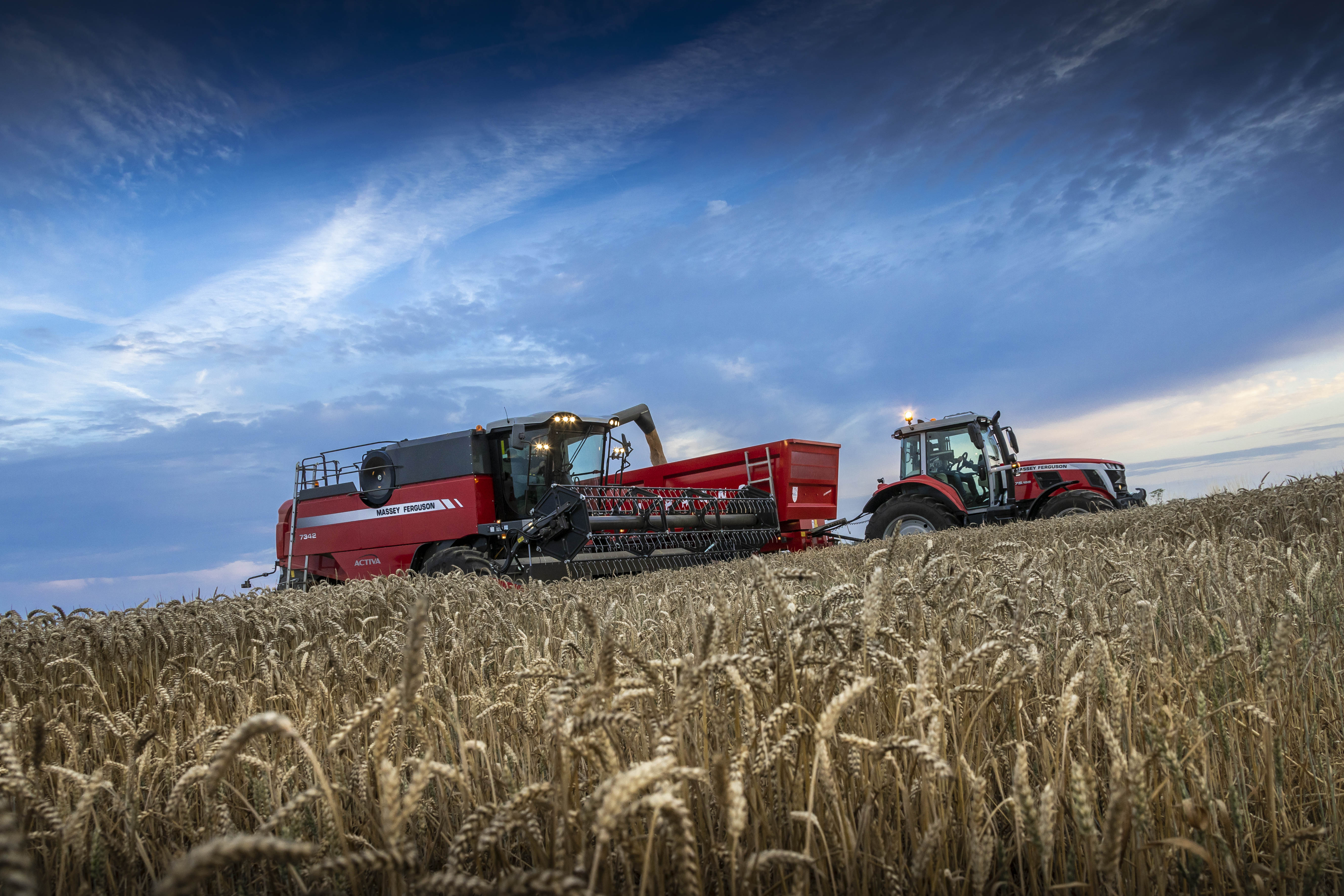
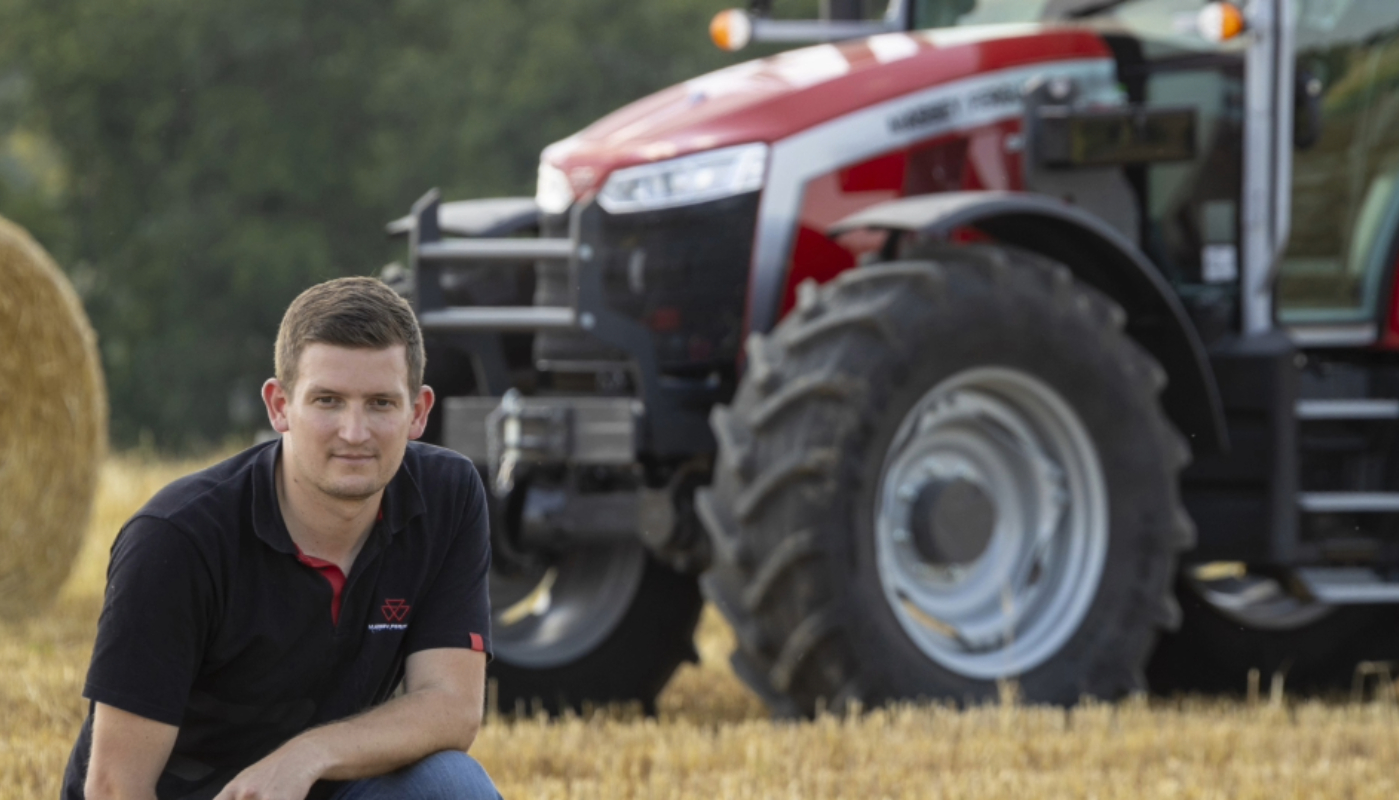
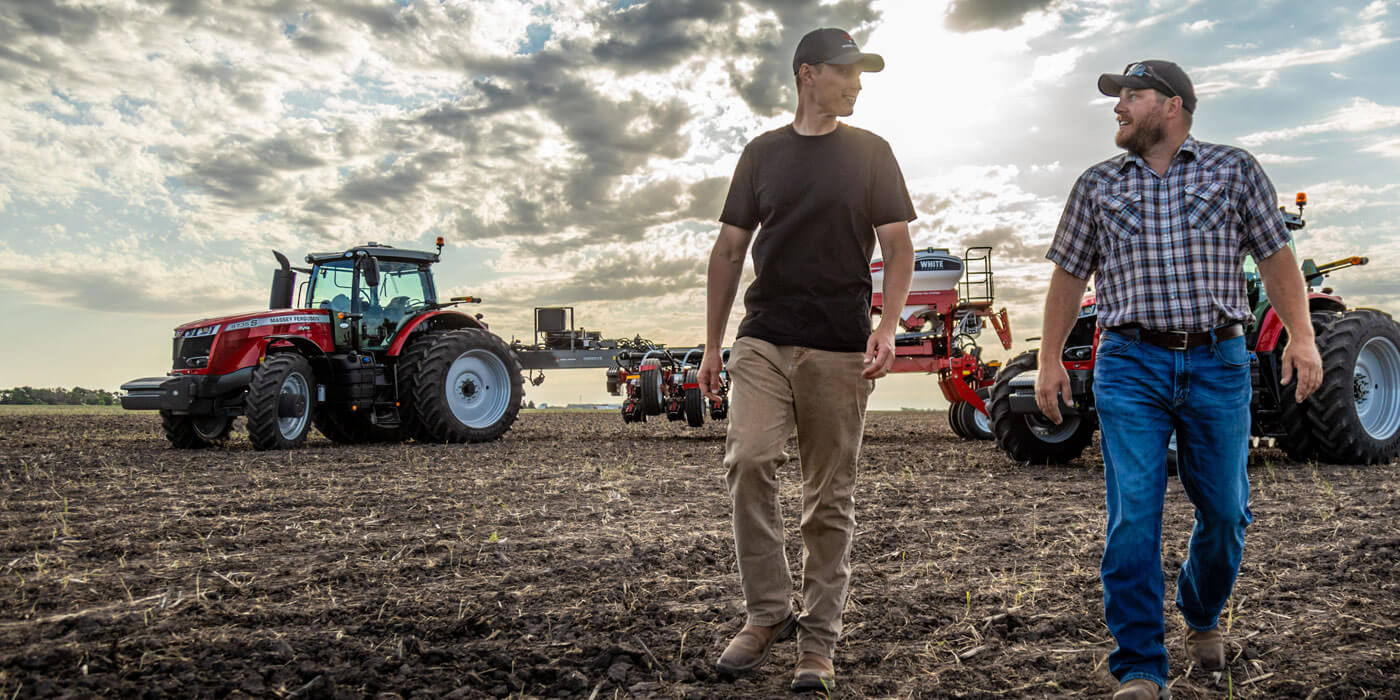
Share